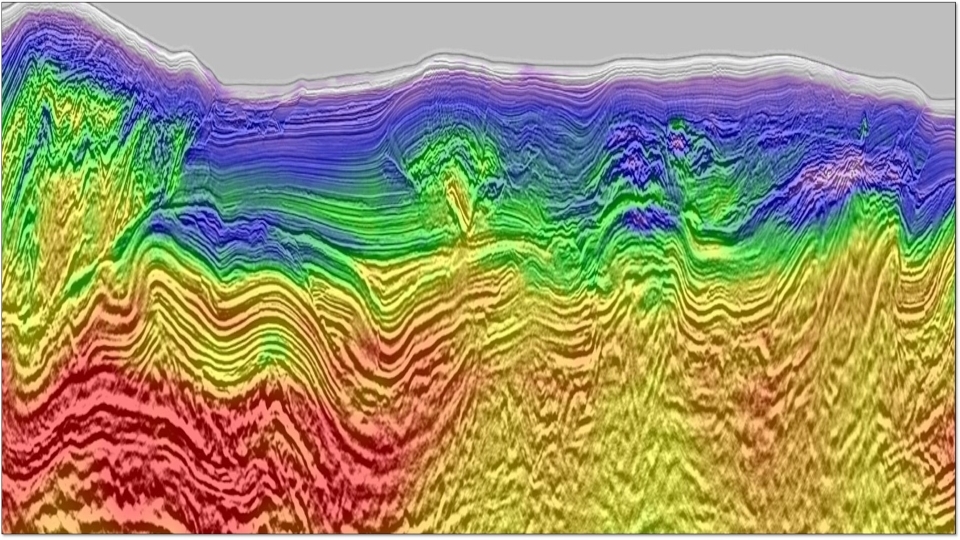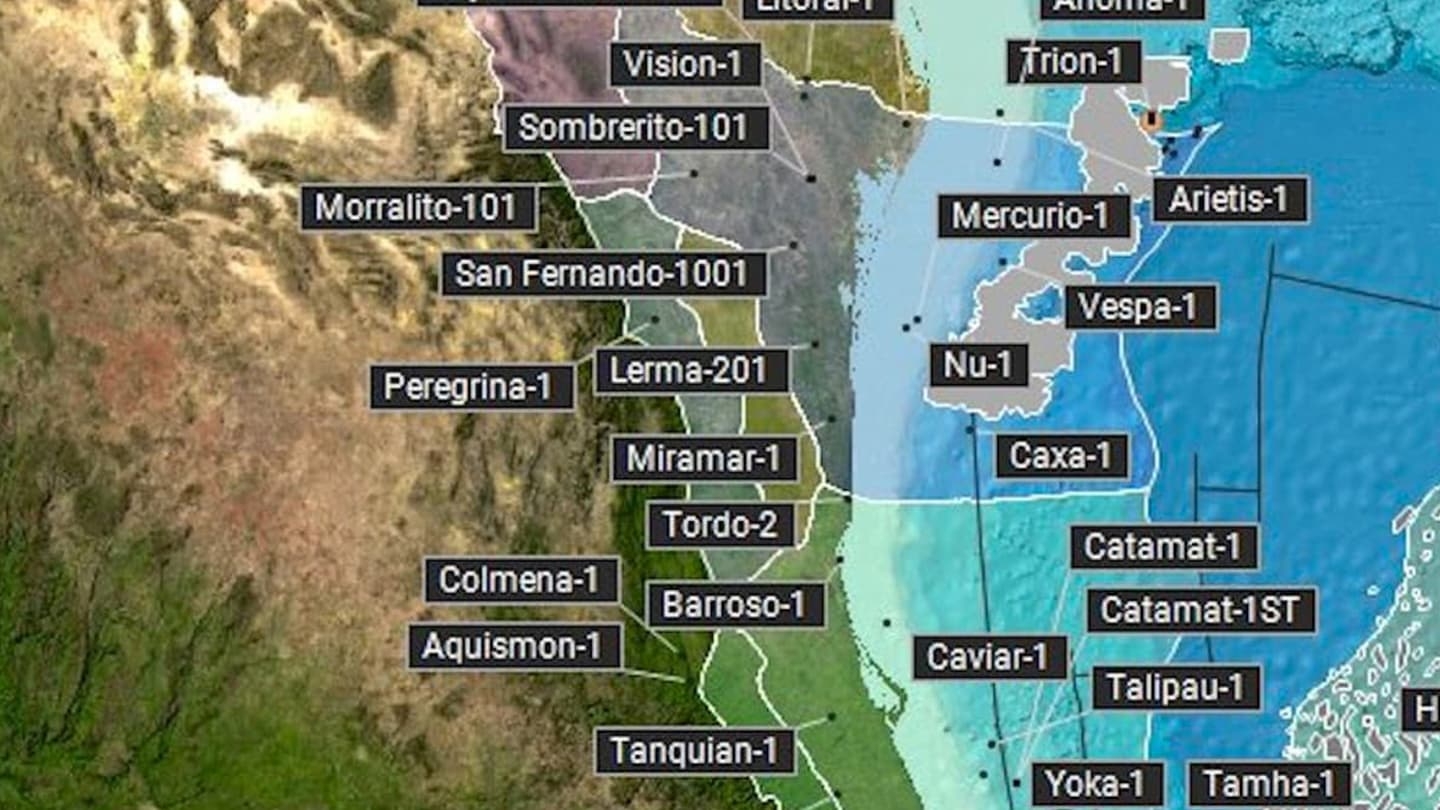TopSeis is a radically new solution for seismic acquisition and imaging, developed through collaboration between an oil company and the service sector.
Technical Content
Monitoring the quality of prestack broadband seismic data
Monitoring the quality of prestack broadband seismic data
Reservoir characterization methods require seismic data processed for this purpose. We propose a QC methodology for AVO and low frequency. We use a small set of attributes with which we identify signal preservation and pre-stack data consistency across the full data bandwidth. The methodology ...
Improving mini-basin and subsalt imaging with reflection full waveform inversion
Improving mini-basin and subsalt imaging with reflection full waveform inversion
Reflection-based full waveform inversion (RFWI) is increasingly used to recover long wavelengths of the background velocity model and provide updates that extend beyond the reach of diving waves. In our case study, we use an RFWI method that first updates the density using the ...
PS depth imaging to detect clastic reservoirs -- Vietnam's first 3D-4C OBC survey in the Cuu Long Basin
PS depth imaging to detect clastic reservoirs -- Vietnam's first 3D-4C OBC survey in the Cuu Long Basin
In this paper, we focus on how to use PS imaging to help detecting the reservoir in the clastic layers. PS data allows for imaging of these reservoir units that have poor P-wave but high PS-wave reflectivity and also for lithological discrimination via extracted ...
Flattening common image gathers after full waveform inversion: the challenge of anisotropy estimation
Flattening common image gathers after full waveform inversion: the challenge of anisotropy estimation
It is often observed that common image gathers computed after FWI are not flat. This is due to an improper anisotropy estimation. We propose a new joint reflections-diving rays tomography to estimate anisotropy prior to FWI. It aims at both flattening the common image ...
Least-squares Q migration: the path to improved seismic resolution and amplitude fidelity
Least-squares Q migration: the path to improved seismic resolution and amplitude fidelity
Standard prestack depth migration (PSDM), e.g., Kirchhoff/RTM, is by nature unable to fully recover the reflectivity with desired amplitude and resolution due to factors such as inhomogeneous subsurface illumination and irregular acquisition geometry. This shortcoming is well recognized by the imaging community and has ...
Applications of single-iteration Kirchhoff least-squares migration
Applications of single-iteration Kirchhoff least-squares migration
Least-squares depth migration approximates the inverse of the forward modeling. We show two real data applications of a single iteration (non-iterative) Kirchhoff least-squares depth migration process, generically referred to as migration deconvolution, to highlight the benefits of this process. Our first example demonstrates improved ...
Velocity model building challenges and solutions for seabed- and paleo-canyons: a case study in Campos Basin, Brazil
Velocity model building challenges and solutions for seabed- and paleo-canyons: a case study in Campos Basin, Brazil
The Campos Basin, offshore Brazil, features complex shallow geology in the forms of pronounced seabed canyons and paleo-canyons. The rapid variations in the velocity field due to these complex shallow geologic features can be difficult for ray-based tomography techniques to resolve, resulting in distorted ...
A 3-stage approach to derive key elastic properties for marine reservoir with faulted overburden
A 3-stage approach to derive key elastic properties for marine reservoir with faulted overburden
Seismic inversion transforms seismic reflection data into quantitative rock-property descriptions of a reservoir. Seismic data bandwidth is limited by signal-to-noise ratio, absorption, source wavelet, and shot and receiver ghosts. A typical deterministic seismic inversion workflow fills the low frequencies by extrapolating or interpolating existing ...





